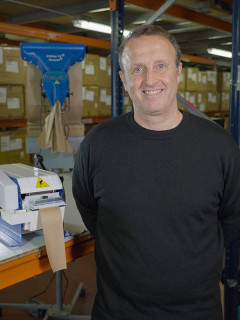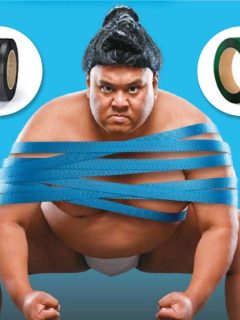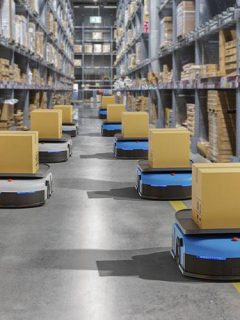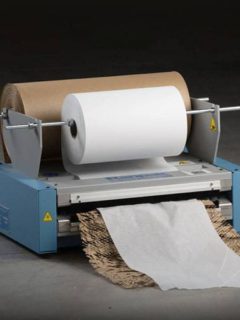Empleado a escala mundial en nuestros días, el origen del cartón ondulado es más bien modesto. Hacia 1883, en el pequeño pueblo de Brunswick (Maine), el coronel Andrew Dennison tuvo la ocurrencia de crear el cartón corrugado para ayuda a su hijo a embalar las joyas y relojes de su pequeño negocio en Bostón. Para satisfacer la demanda de este producto sencillo pero novedoso, padre e hijo crearon un dispositivo (half machine) capaz de realizar los cortes y hendidos de forma mecánica.
Este primitivo prototipo era mucho menos resistente que el actual, deteriorándose con frecuencia durante el almacenaje y transporte. Para mejorarlo, Oliver Long añadió dos hojas estabilizantes (simple line) que, a modo de sándwich, envolvían el papel corrugado (médium). Así, en 1874 se dio forma definitiva al papel ondulado.
La eficacia del método de Long atrajo a fabricantes, como Thompson & Norris y Robert Gair Co., que adquirieron su patente y la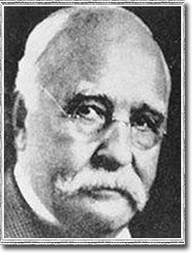 in particular, it was Long who almost by chance (following an error in the manufacture of seed bags) invented an automated folding and cutting system on the same machine. Subsequently, other manufacturers would continue to perfect the corrugated cardboard production system, using more sophisticated technologies to facilitate the gluing of the three layers and new materials that improve its strength.
in particular, it was Long who almost by chance (following an error in the manufacture of seed bags) invented an automated folding and cutting system on the same machine. Subsequently, other manufacturers would continue to perfect the corrugated cardboard production system, using more sophisticated technologies to facilitate the gluing of the three layers and new materials that improve its strength.
With
a
history of over a hundred years, corrugated paper has reached our days being one of the star products of the packaging sector. Its different formats (single, double or triple layer) that gives it a high resistance to vertical compression, as well as its easily recycled and biodegradable raw material makes it one of the most attractive products for producers and consumers of the XXI Century.
Source: wikipedia











